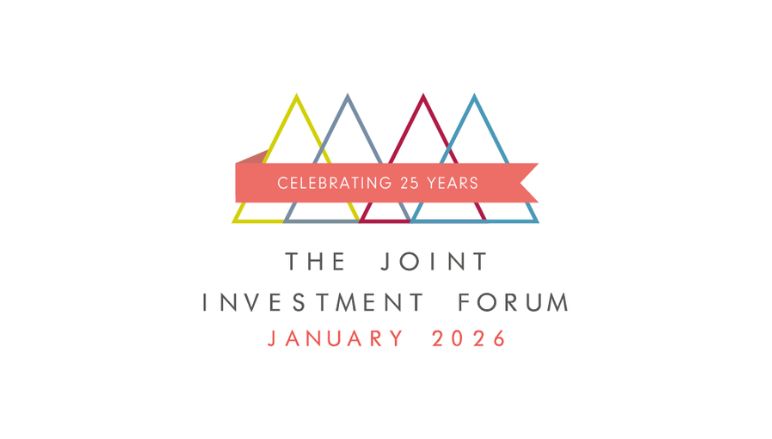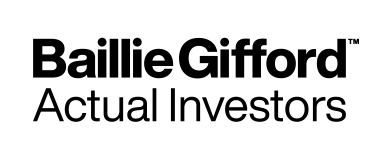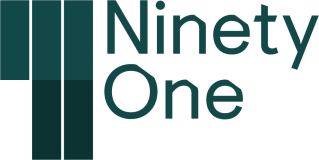Interest rates took centre stage in September as the US Federal Reserve (Fed) finally delivered a much-anticipated cut of 25 basis points.
- The Dow hit six new closing highs in September
- Q2 US GDP grew at its fastest pace since Q3 2023
- Japan’s prime minister resigned
“‘It’s not a bad economy … we’ve seen much more challenging times’” (Fed Chair Jerome Powell)
First US rate cut since 2024: interest rates took centre stage in September as the US Federal Reserve (Fed) finally delivered a much-anticipated cut of 25 basis points, taking the key federal funds rate to a range of 4% to 4.25% – its lowest level2 since December 2022. Policymakers expect4 rates to ease to an average of 3.6% at the end of this year, 3.4% at the end of 2027, and 3.1% at the end of 2027. Fed Chair Jerome Powell commented: “It’s not a bad economy … we’ve seen much more challenging times”, but also warned: “There are no risk-free paths now.”
US hits new highs: second-quarter US corporate earnings generally proved stronger than expected, providing a boost for investors. The Dow Jones Industrial Average Index rose by 1.9% during September and registered six new closing highs over the month. As September ended, however, the prospect of a US government shutdown loomed, sending the price of the price of gold to a fresh record.
More rate cuts to come? The rate of US economic growth in the second quarter was revised up from 3.3% to 3.8%, representing its fastest pace since the third quarter of 2023. The Organisation for Economic Cooperation & Development (OECD) expects the US economy to expand by 1.8% in 2025 and 1.5% in 2026, following growth of 2.8% in 2024. Annualised consumer price inflation10 reached 2.9% in August, while the core personal consumption expenditure (PCE) index remained steady at 2.9% in August, stoking hopes of further monetary easing.
France and Italy set to drag on European growth: having expanded by 0.6% in the first quarter of 2025, the eurozone’s economy expanded by 0.1% in the second quarter. The OECD expects the euro area’s economy to grow by 1.2% this year, slowing to 1% next year. Although fiscal expansion is predicted to provide a boost for Germany’s economy, consolidation is likely to curb growth in France and Italy. The Dax Index edged 0.1% lower over the month.
Stronger growth in Japan: following the resignation of Japan’s Prime Minister Shigeru Ishiba, the yield on the 30-year Japanese government bond (JGB) hit a new all-time high. Japan’s second-quarter economic growth was revised up from 1% to 2% year on year, lifted partly by a stronger contribution from private consumption. The Nikkei 225 Index rose by 5.2% during September.
To view the series of market updates through September, click here


















